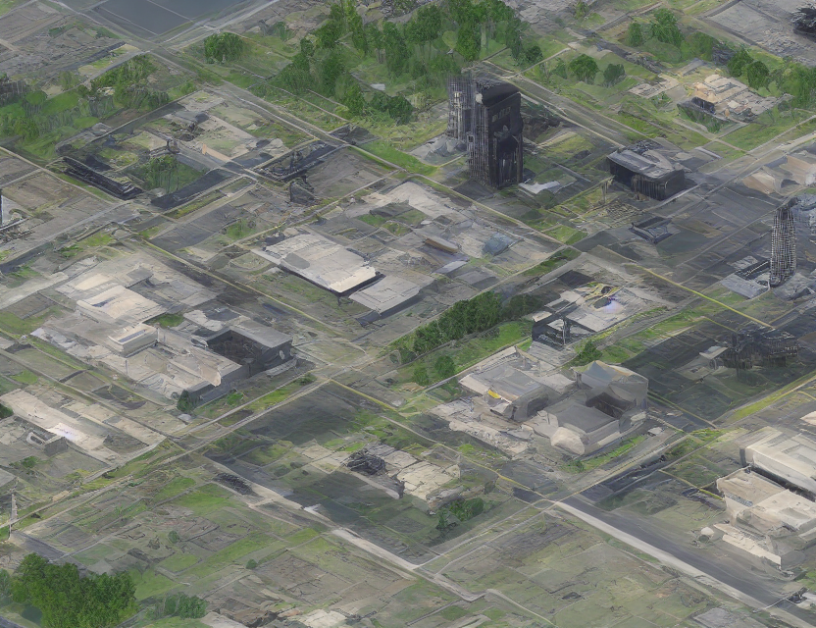The article discusses the implementation of consensus-based fusion for aerial manipulation using hybrid force and position NMPC applied to aerial writing. The authors explain that finding the right balance between frequent sensor switching and detecting divergences is crucial for the performance of the algorithm. They also mention that the chosen threshold of 0.1 m/s was a trade-off between not wanting to switch sensors too frequently and wanting to detect rapid changes in measurements.
Section 3
The authors cite a study by Tzoumanikas et al. (2020) on aerial manipulation using hybrid force and position NMPC applied to aerial writing. They mention that the study used the same switching threshold of 0.1 m/s as in the quantitative experiments, which made it sensitive to noise.
Section 4
Pedro Sanchez-Cuevas et al. (2020) designed a fully-actuated aerial manipulator for infrastructure contact inspection. The authors note that this design allows for localization and control of the manipulator using sensors.
Section 5
Johannes Nubert et al. (2022) proposed a graph-based multi-sensor fusion method for consistent localization of autonomous construction robots. The authors explain that this approach uses both visual and infrared cameras to improve perception quality in challenging environmental conditions.
Conclusion
In conclusion, the article discusses various studies on aerial manipulation using hybrid force and position NMPC applied to aerial writing. The authors highlight the importance of finding the right balance between frequent sensor switching and detecting divergences for the performance of the algorithm. They also mention the limitations of using the same switching threshold as in quantitative experiments, which can make the algorithm sensitive to noise. Finally, they introduce a new approach proposed by Nubert et al. (2022) that uses both visual and infrared cameras to improve perception quality in challenging environmental conditions.



